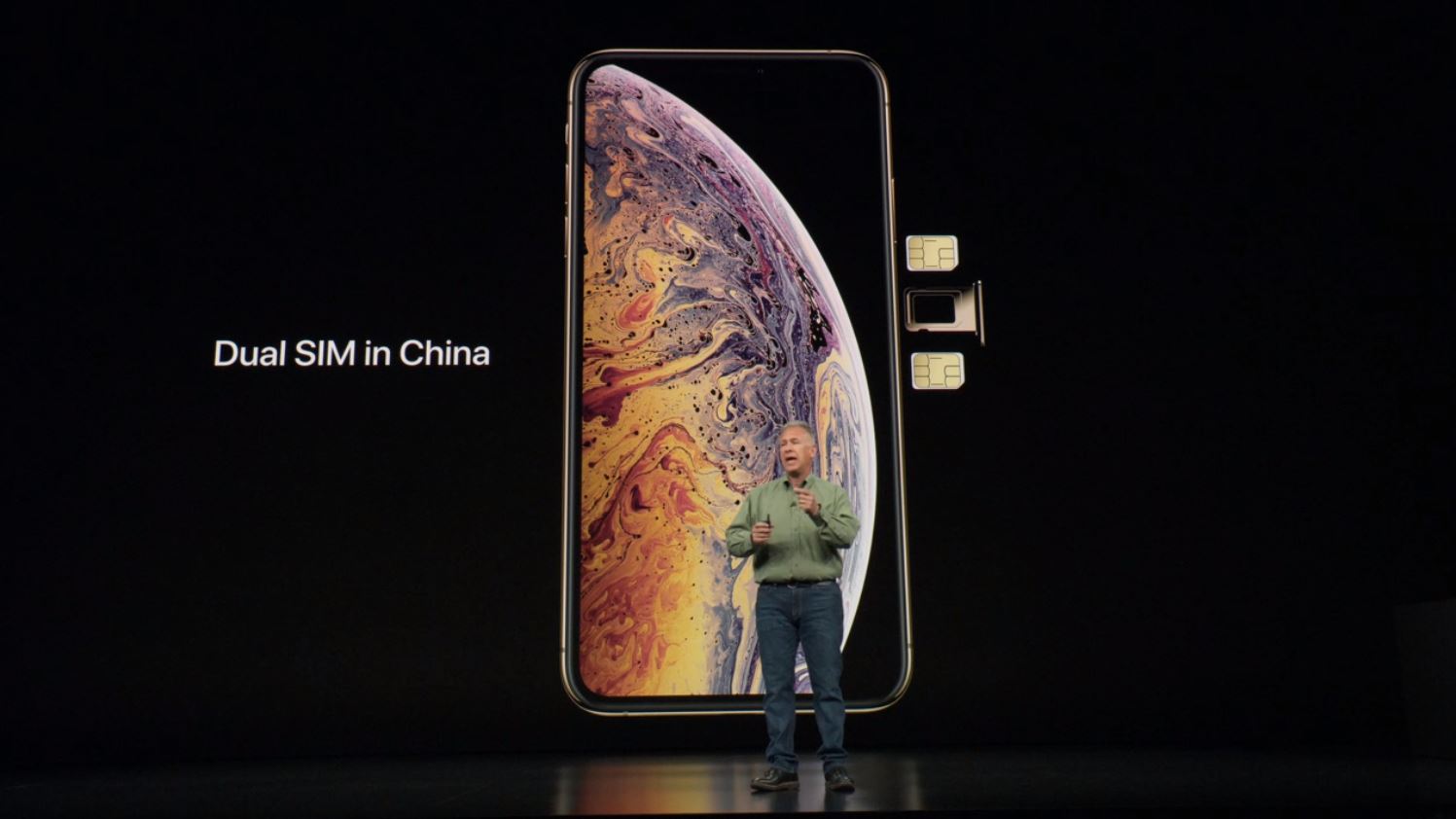Apple introduces dual SIM capabilities on iPhone XS with the intention of killing SIM cards
Paving the way to eSIM

Apple has played a big role in cutting the size of SIM cards from standard to micro to nano as well as introduce eSIM capabilities with the Apple SIM on the 9.7-inch iPad Pro a couple of years back.
However, there’s been one area that Apple has been ignoring for a while now which is dual SIM capabilities and with the iPhone XS, Apple finally checks that box as well.
What would you need dual SIM capabilities for?
Many people living in the US or Western Europe don’t really view dual SIM cards as a much needed feature but step out to Asia or Africa and this almost becomes a required feature for multiple reasons.
Some people use it to get the best data and calling plans which might not be on the same telco while others use it to have two different numbers, such as, for work and personal. Frequent travellers also love this feature to save on roaming costs by equipping their secondary SIM slot with a local SIM card at their destination.
There are plenty of scenarios that highlight the importance of using dual SIM cards and until now, an Android phone was pretty much the only option available to smartphone users.
Why is Apple moving to dual SIM solutions now?
With the latest 2018 iPhone X lineup, Apple has gone all-in with dual SIM capabilities found on all three models introduced today- the iPhone XS, the iPhone XS Max and the iPhone XR. The way Apple has implemented this feature differs for phones sold in China and phones sold in the rest of the world.
The Chinese version of the new iPhones has two SIM slots for adding two physical nano SIM cards whereas the rest of the world gets one SIM slot and an embedded SIM or eSIM. Although the new iPhones are equipped with eSIM technology, it does not work out of the box and will be enabled by Apple through a software update later this year.
Sign up for breaking news, reviews, opinion, top tech deals, and more.
While the usage of eSIM is certainly on the rise, it’s surprising that Apple has only introduced the dual SIM tray version in China. Most countries where this is a required feature don’t really have a telco that offers eSIM capabilities. However, China doesn't have wide support for eSIM, which is the reason new iPhones have dual physical slots there.
For the rest of the world, maybe, this is Apple's plan to push telcos into offering eSIM services. Much like Apple pushed the SIM card sizes down with earlier iPhones, this could be Apple's play for eliminating the SIM Card altogether.
We all know that Apple dislikes physical connectors and introducing a secondary eSIM seems to be the safest way to remove the SIM slot entirely from future iPhones.

Abbas has been living and breathing tech before phones became smart or clouds started storing data. It all started when he got his very first computer- the Sinclair ZX Spectrum. From computers to mobile phones and watches, Abbas is always interested in tech that is smarter and smaller because he believes that tech shouldn’t be something that gets added to your life- it should be a part of your life.